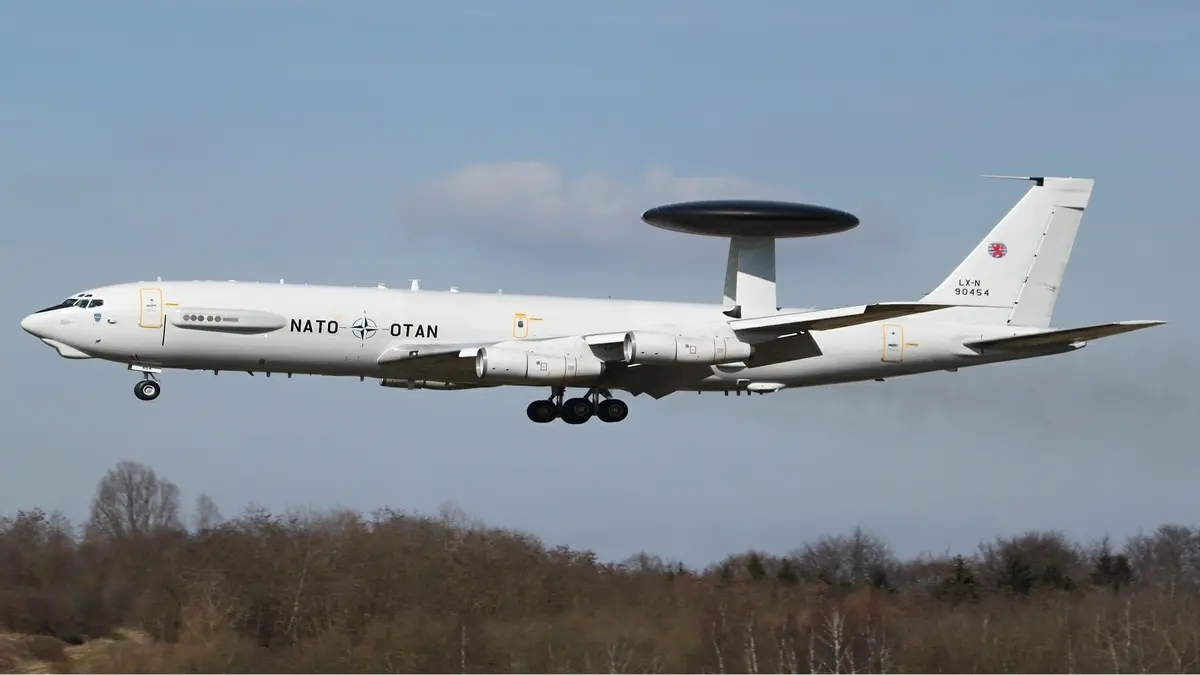“(BRUSSELS) – NATO has increased surveillance operations in its southern and eastern flank in response to the escalating military action between Israel and Iran. NATO headquarters officials confirmed that the alliance’s intelligence and command centers have significantly increased surveillance efforts, including satellite tracking, signals intelligence and aerial reconnaissance missions, over the eastern Mediterranean and Black Sea regions.
The decision comes in the wake of Israeli air strikes on Iranian military and nuclear sites, as well as Iranian threats of regional retaliation. Officials said NATO is focused on detecting potential spillovers that could endanger alliance member states or disrupt vital sea lanes and energy infrastructure.
In a brief statement, a NATO spokesman stressed that while the alliance is not directly involved in the conflict, it is “taking prudent steps to ensure regional stability and the security of allied territory.” The surveillance measures are part of a broader plan adopted during the 2024 Washington summit. is said to be part of the contingency planning framework.
Contingency measures prepared – but no Article 4 yet
Although no NATO country has invoked Article 4 consultations – when a member perceives a direct threat – defense planners have activated rapid analysis cells and pure contingency deployments. Maritime units based in Italy, Turkey and Greece are on alert, and joint air command centers have adjusted readiness levels for quick reaction alert (QRA) fighter units.
The alliance is also said to be in talks with partners in Jordan, Egypt and Cyprus, which could provide coordination to reduce regional airspace conflicts and share ISR data. The moves signal NATO’s intention to remain a stability force amid volatile and unpredictable situations without provoking direct alliance action.
Security analysts suggest this approach is both calculated and limited. “NATO “It faces a dual imperative – maintaining vigilance while avoiding complication,” said Lina Bauman, a senior fellow at the Center for European Security Studies. “The enhanced ISR effort reflects NATO’s forward-looking stance, but it is a reminder that the alliance does not seek provocation.”
Strategic risks and the broader geopolitical outlook
The increased surveillance rate reflects growing concerns that regional conflicts could attract state or non-state actors, including Hezbollah or groups in Iraq and Syria. NATO’s early warning systems and maritime surveillance assets are particularly focused on missile movements, proxy activity, and naval deployments that could affect the alliance’s interests or borders.
Yet the alliance’s increased visibility can also have unintended consequences. The Iranian government has long viewed NATO surveillance operations near its borders as a provocation. Unintentional disruption or misinterpretation of ISR activity could trigger diplomatic backlash or cyber retaliation, particularly as NATO’s space-based and digital intelligence assets in disputed areas become more exposed.
In parallel, NATO faces internal debates over the potential resource strain from prolonged ISR deployments. Several Eastern European member states – already strained by commitments to the defense of Ukraine – raise concerns about managing multiple theaters of attention. Some in the alliance have warned that continued surveillance without a political exit plan could lead to “crisis fatigue,” undermining long-term deterrence credibility.
Conclusion
With the Israeli-Iran conflict threatening to escalate, NATO’s increased surveillance reflects a careful balance between preparedness and restraint. The alliance is clearly positioning itself to respond if necessary – but with a clear desire to stay out of the fray.
It is uncertain whether this approach will be successful in preventing widespread instability. Currently, NATO’s strategy is based on eyes in the sky, ears on the ground, and a quiet but firm message: the Alliance is watching – and ready.








Leave a Reply